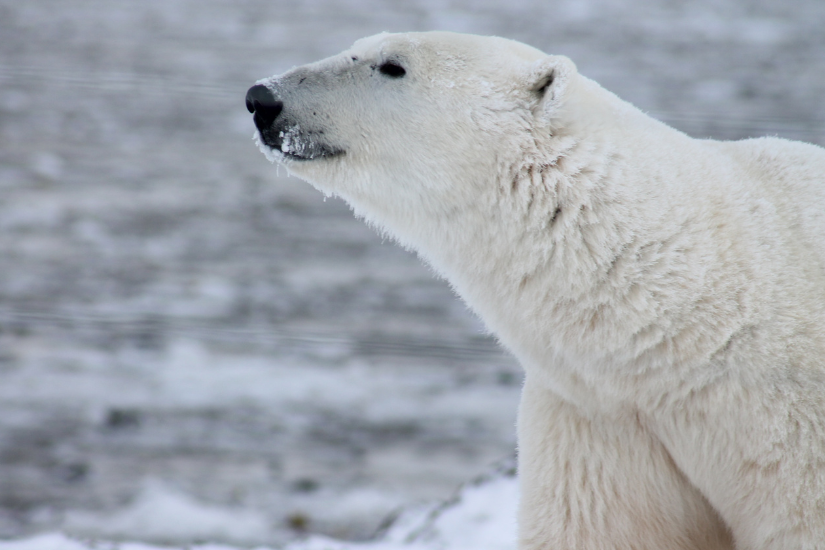Did you know that the polar bear’s fur is not white?
The polar bear’s fur has a unique structure that allows it to reflect light and appear white, while also providing insulation and warmth in the cold Arctic environment. The hair shafts of polar bear fur are transparent, meaning they have no pigment or colouration, and are made up of the protein keratin, which is also found in human hair and nails.
The hollow hair shafts of polar bear fur reflect visible light, giving the fur its white appearance. The fur also contains small, air-filled cavities that trap heat and provide insulation. The insulation provided by the fur is critical for the polar bear’s survival in the harsh Arctic climate, where temperatures can drop to -50 degrees Celsius.
In fact, polar bears have black skin underneath their fur, and in some areas, such as the nose, the skin is unpigmented. However, the fur appears white because of the way the hair shafts reflect light and scatter it in all directions.
The transparent hair shafts of polar bear fur also allow sunlight to pass through and reach the polar bear’s skin. This can be beneficial for the bear because it can help to generate heat and provide warmth, even on cold, cloudy days. The unique structure of polar bear fur is perfectly adapted to help the bear survive in its icy Arctic home.











